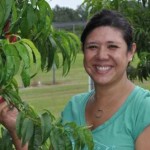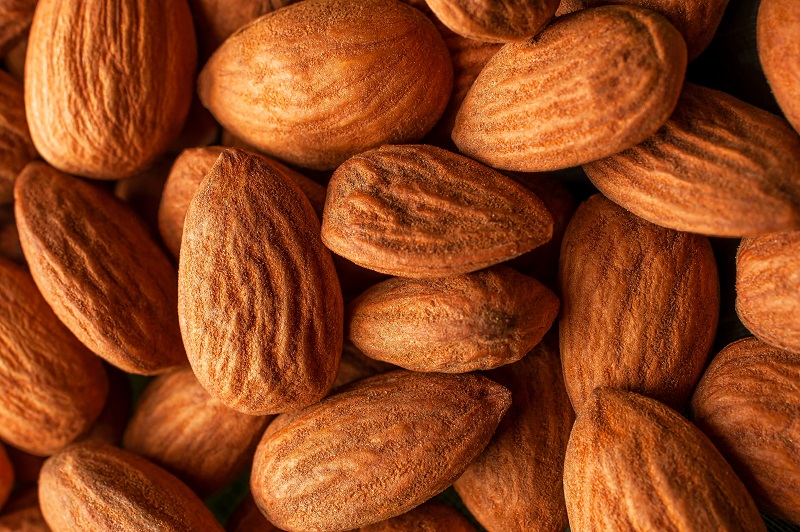Thinning Florida Peaches For Larger Fruit

Thinning peach fruit should be started shortly after fruit set and before you can no longer cut all the way through the fruit due to the pit hardening. Photo courtesy of UF/IFAS
It seems counter-intuitive to spend money and effort during the growing season to grow a strong peach tree, protect the tender blossoms from frost, and set fruit, only to litter the orchard floor with little fruitlets. However only by taking some of the crop load off of the tree, can growers produce larger fruit that will return a high price.
Fruit thinning serves to distribute the fruit evenly throughout the tree, so that the fruit have good light exposure and access to carbohydrates. Carbohydrates are the building blocks of cells, sugars, acids, and volatiles — all things contributing to a great-tasting peach. Light exposure also helps to promote development of uniform blush on fruit, which for many consumers is a positive attribute when purchasing peaches.
Thinning peach fruit should be started shortly after fruit set and before you can no longer cut all the way through the fruit due to the pit hardening (see photo). The tree resources dedicated to fruit growth are best manipulated during this period and previous research has shown that thinning fruit after this pit hardening stage offers no economic benefit in larger fruit size. During thinning, fruit that are doubled, or damaged by birds, insects, or freeze events can also be removed.
Fruit thinning is typically done by hand, and because peach trees do not all bloom uniformly, a labor crew might have to go through the orchard two to three times to thoroughly thin the orchard. To thin fruit off of the branch, fruit can be twisted off with a short, quick motion to avoid damage to branch. As the fruit get larger, removing fruit can be more difficult and branch damage can occur as the bark tears off with the fruit.
Trees that are not fruit thinned can often be overloaded with small fruit that are unmarketable. Depending on the size and age of the tree, a large cropload can cause significant stress resulting in nutrient deficiencies, water stress and can predisposition to disease and insects in the tree. In addition, this stress can severely weaken the tree throughout the fall and reduce its ability to withstand cold temperatures during the winter.
Previous research conducted in South Carolina has shown that a uniform fruit distribution produces larger fruit than if the fruit were concentrated in segments along the shoot (i.e., distal, middle or basal). Fruit that were either in the basal portions of the shoot or uniformly spaced resulted in fruit with more soluble sugar content and had higher fruit weight than those that were concentrated in the distal or middle portions of the shoot (Corelli-Grappadelli and Coston, 1991). In Florida, we found that optimal spacing occurred between 6 to 9 inches between fruit for most varieties; however, in UFSun, more fruit needed to be thinned off to achieve large fruit, resulting in a recommended spacing of 9 to 12 inches between fruit (Olmstead et al., 2011).
In general, the earlier a fruit is to be harvested, the more difficult it is to get large fruit because of the short time span for the tree to generate carbohydrates and deliver them to the fruit between bloom and fruit harvest. Warm temperatures during the winter and spring period can compress the fruit developmental period further, resulting in small fruit. Given these environmental challenges, one solution is being pursued via breeding, and that is to select potential varieties that inherently produce large fruit early in the season. In trials thus far, both UFBest and another upcoming release have shown excellent fruit size early in the season with harvest in late March — early April (South Central Florida areas).
Fruit thinning allows for uniform light exposure of the fruit in the canopy and when uniformly distributed along the shoot, optimizes carbohydrate distribution resulting in good sugar accumulation, and aroma and flavor development in the fruit. In addition, having an ideal cropload for your tree size will yield large fruit early in the season, generating maximum profit for the orchard.










